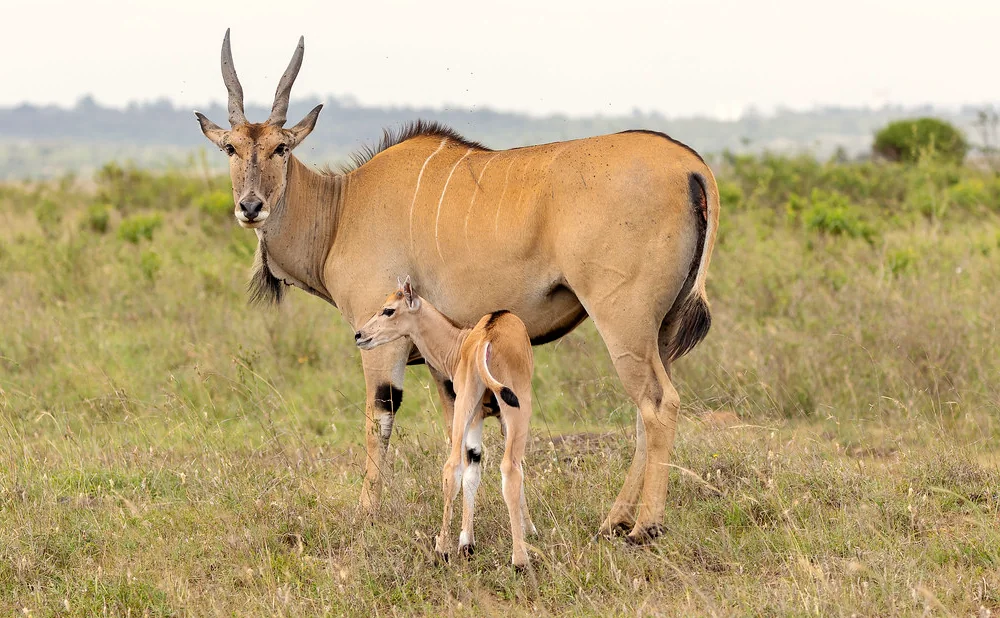Zanzibar

Zanzibar, island in the Indian Ocean, lying 22 miles (35 km) off the coast of east-central Africa. In 1964 Zanzibar, together with Pemba Island and some other smaller islands, joined with Tanganyika on the mainland to form the United Republic of Tanzania. Area 600 square miles (1,554 square km). Pop. (2007 est.) 713,000.
Geography
Both Zanzibar and Pemba are believed to have once formed part of the African continent, the separation of Pemba having occurred during the Miocene Epoch (about 23 to 5.3 million years ago) while Zanzibar dates from the Pliocene Epoch (about 5.3 to 2.6 million years ago) or even later. Various types of limestone form the base of both islands. Raised sands and sandstones also occur, together with varied residual deposits similar to alluvial strata on the adjacent mainland. Extensive weathering of the limestones combined with erosion and earth movements have resulted in a variety of soils including red earths, loams, clays, and sands. Flat areas of coral limestone occur to the east, south, and north of Zanzibar and on the western islands. In places the coral is overlain by shallow red earth or alluvium.
The general impression of Zanzibar when approached from the mainland is of a long, low island with small ridges along its central north–south axis. Coconut palms and other vegetation cover the land surface. It is 53 miles (85 km) at its greatest length and 24 miles (39 km) broad. The highest point of the central ridge system is Masingini, 390 feet (119 m) above sea level. Higher ground is gently undulating and gives rise to a few small rivers, which flow west to the sea or disappear in the coral country.
The climate is typically insular, tropical, and humid, with an average annual rainfall of 60 to 80 inches (1,500 to 2,000 mm). Rainfall is reliable and well-distributed in comparison with most of eastern Africa. Northeast trade winds blow from December to March and southeast trade winds from May to October. The “long rains” occur between March and May and the “short rains” between October and December.



